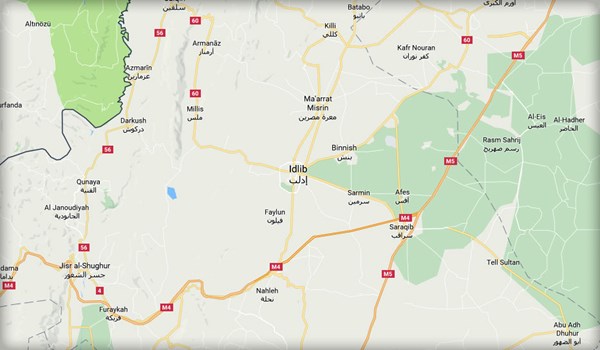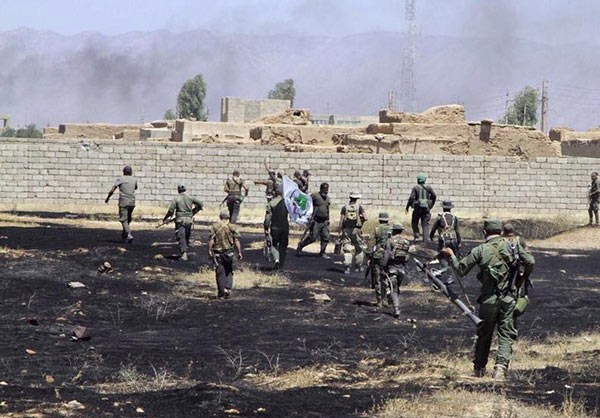Landmines, unexploded ordnance left 159 people injured in Yemen’s Hudaydah over past 6 months, UN says
The United Nations says land mines and other unexploded ordnance have caused some 159 casualties in Yemen’s strategic western port city of Hudaydah over the past six months, as Saudi-backed militants have been accused of planting landmines in areas adjacent to battlefields and in most residential neighborhoods in retaliation for their defeat.

Ilene Cohn, director of the UN’s mine action service, said over 50% of the casualties in the city of Hudaydah were women and children, and called for the acceleration of de-mining across Yemen.
The figure refers to casualties caused by landmines and “explosive remnants of war,” a term that includes shells, grenades and other deadly devices left behind by a conflict.
Land mines have been laid across Yemen since the 1960s. However, there has been a surge in the use of the devices since the Saudi-led military onslaught began in March 2015.
The mines killed at least 122 people between 2016 and 2018, according to the US-based Armed Conflict Location & Event Data Project,
“Due to the difficulty of obtaining accurate estimates, these figures are likely to make up a fraction of all mine detonations involving civilians in Yemen,” ACLED said in a 2018 report.
Last week, the Humanity Eye Center for Rights and Development said in a report that more than 18,000 Yemeni people, including women and children, have been killed and some 30,000 injured since the Saudi aggression against the impoverished country started in 2015.
The report showed that the total number of victims had reached 47,673 during 2,800 days of war on Yemen.
The rights center said 18,013 Yemenis were killed and 29,660 were wounded. Out of that figure, 4,061 children were killed and 4,739 wounded. Among the victims, 2,454 women were killed and 2,966 injured.
The center said the Saudi aggression destroyed well over 598,000 homes, 182 university facilities, and 1,679 mosques, in addition to 379 tourist facilities, and 415 hospitals and health facilities.
Moreover, Saudi military aircraft targeted 15 airports, 16 ports, 344 power stations, 7,099 roads and bridges, and destroyed 616 networks and communication stations, 2,974 reservoirs and water networks, and 2,101 government facilities.
The center further highlighted that Saudi forces also struck 407 factories, 385 fuel tankers, 12,030 commercial establishments, and 454 chicken and livestock farms.
It said the Saudi aggression had destroyed 10,112 means of transportation, 998 food trucks, 700 markets, 485 fishing boats, 1,014 food stores, and 425 fuel stations within the days of war.
Saudi Arabia launched the devastating war on Yemen in March 2015 in collaboration with its Arab allies and with arms and logistics support from the US and other Western states.
The objective was to reinstall the Riyadh-friendly regime of Abd Rabbuh Mansour Hadi and crush the popular Ansarullah resistance movement, which has been running state affairs in the absence of a functional government in Yemen.
While the Saudi-led coalition has failed to meet any of its objectives, the war has killed hundreds of thousands of Yemenis and spawned the world’s worst humanitarian crisis.





